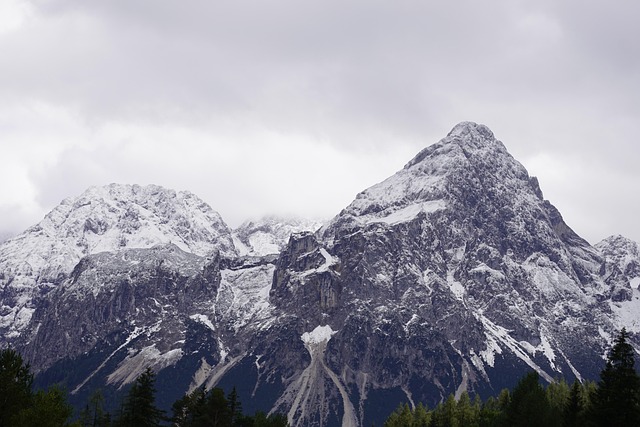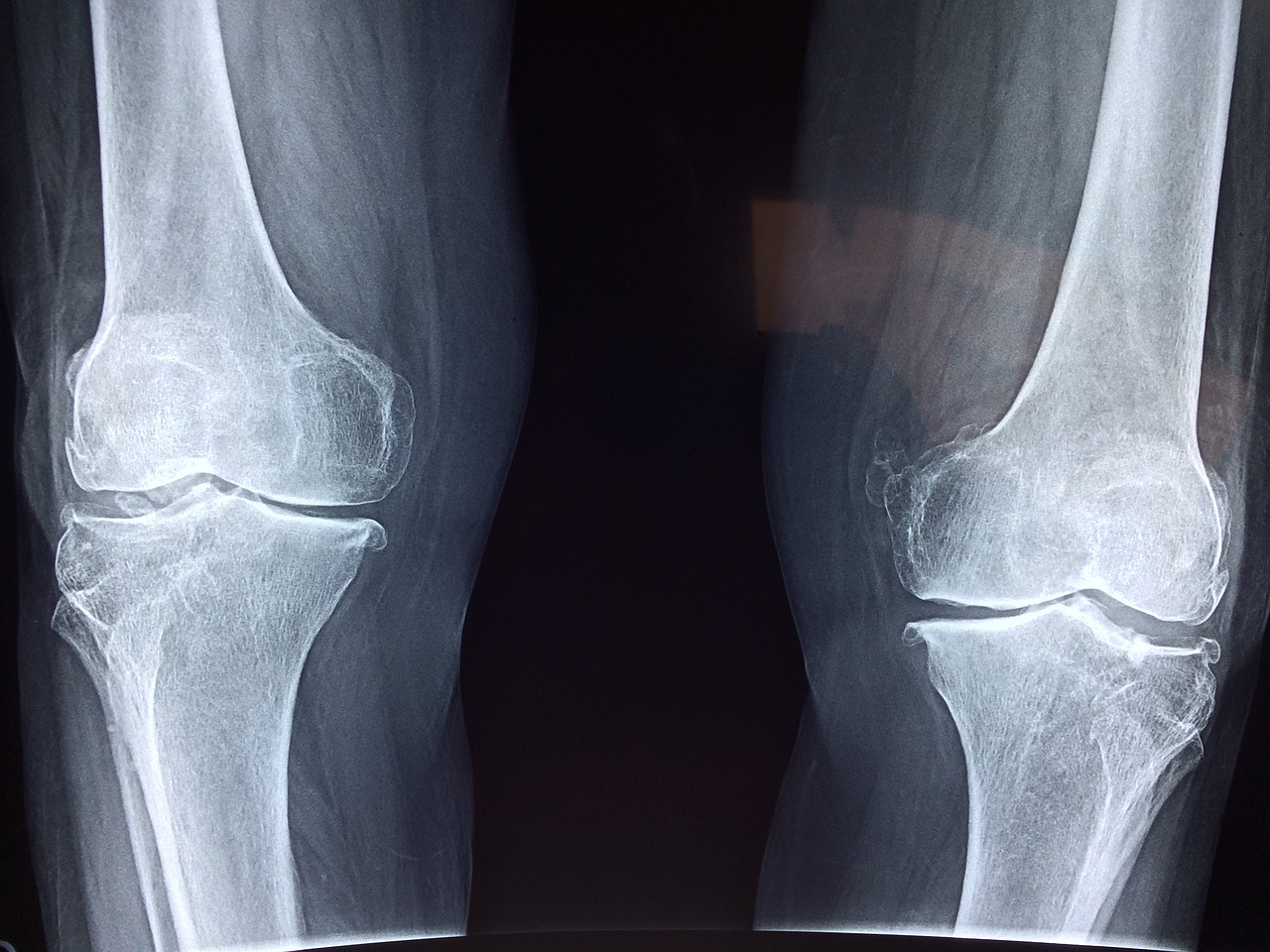Article Title:Daphnia galeata life history response to heterogeneous food conditions and dissolved chemicals in the Rimov Reservoir
Abstract:
Laboratory cultivation experiments were carried out in order to determine the response of D. galeata to food conditions and dissolved chemicals in the water collected in three contrasting sites of the Rimov Reservoir. There were two types of cultivation media: (1) lake water with natural seston, filtered through a 40 mum mesh size sieve, (2) lake water filtered through a membrane filter 0.45 mum (or 0.22 mum), with Scenedesmus subspicatus culture added to a concentration of 1.0 mg POC l(-1). In the treatment with natural seston, the parameters investigated (body length, filtering setae length, clutch size, egg volume and postembryonic development time) were determined mainly by the food level, which was higher in the upper part of the reservoir than near the dam. In one series, significantly larger clutches and smaller eggs together with longer postembryonic development (PED) were detected in daphnids cultivated in hypolimnetic water, compared to those in epilimnetic water. As particulate carbon concentrations were similar, this indicates that in that case food quality played a role shaping life histories in Daphnia. In some of the experiments with the filtered water, there was a detectable effect of dissolved chemical(s), which induced shorter PED and smaller primiparae in the animals cultivated in water from the upper part of the reservoir.
Keywords: Daphnia; life history; food resources; dissolved chemicals
DOI: 10.1023/A:1017524128909
Source:HYDROBIOLOGIA
Welcome to correct the error, please contact email: humanisticspider@gmail.com



